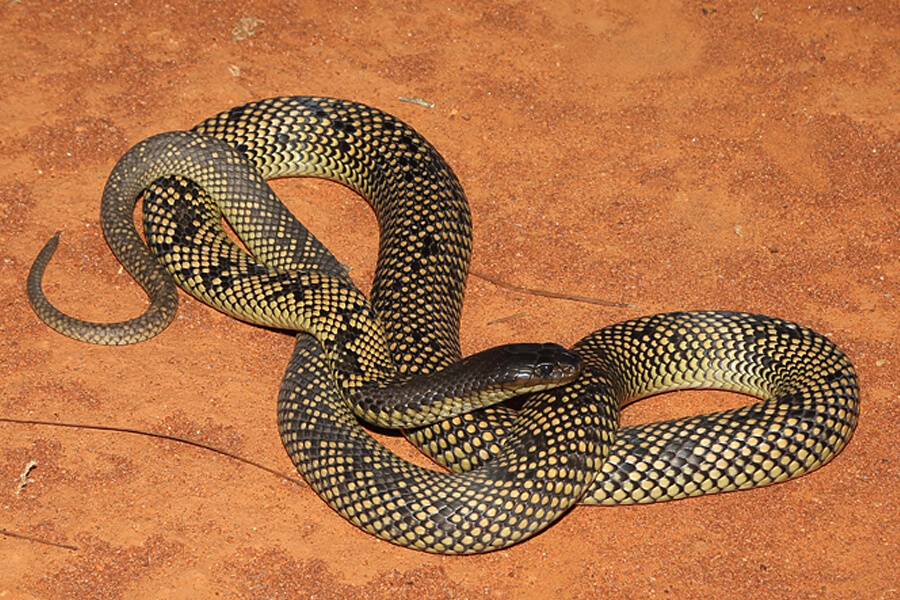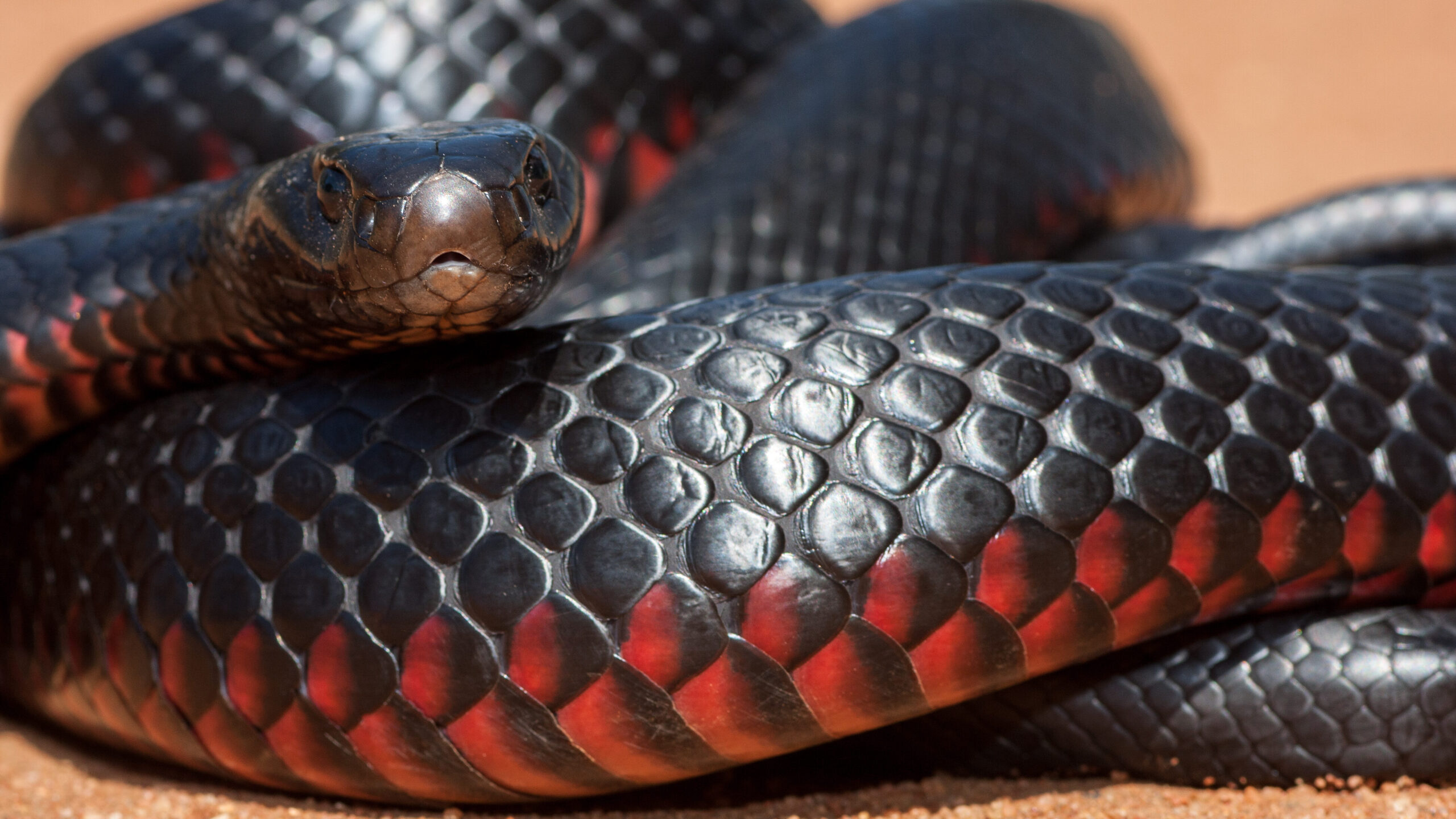Introduction
When it pertains to the interesting globe of snakes, couple of types catch the imagination quite like the infant tiger serpent. Understood for their unique coloration and potent poison, these snakes are an indispensable part of Australia's special ecosystem. In this extensive post, we will explore different elements of baby tiger serpents, including their habits, environment, and how to safely communicate with them. Whether you're a wild animals fanatic or merely interested about these creatures, recognizing child tiger serpents can assist promote a much deeper admiration for nature.


Baby Tiger Snakes: What You Need to Understand About Their Habits and Habitat
What Are Child Tiger Snakes?
Baby tiger serpents are adolescent types of the extremely venomous species understood clinically as Notechis scutatus These serpents are mainly discovered in seaside regions of Australia, especially in Tasmania and southern Victoria. As they expand, their pigmentation changes from a much more soft scheme to the particular yellow and black bands that provide their name.
One noteworthy element of baby tiger serpents is their size; hatchlings normally gauge around 25-30 centimeters in size. Regardless of their little stature, they possess an unusual amount of venom that can be detrimental to human beings if bitten.
Physical Characteristics
Tiger serpents have several essential physical traits:
- Coloration: The distinctive banding pattern commonly comes to be more noticable as they mature. Size: Adults can reach lengths of as much as 2 meters. Body Shape: They have a robust body that aids in swimming and earthbound movement.
Where Do Child Tiger Snakes Live? Recognizing Their Habitat
Understanding the habitat choices of child tiger snakes is crucial for both preservation initiatives and public safety. These serpents prosper in different settings:
- Wetlands: Marshes and swamps give enough hunting grounds. Coastal Regions: Frequently located near beaches where they can search for prey. Woodlands: Thick plant life supplies cover from predators.
Geographical Distribution
Tiger serpents are mainly found along Australia's southern coast, consisting of:
- Tasmania: Home to one of one of the most notorious populations. Victoria: Specifically in areas near water bodies.
Are Tiger Snakes Venomous? A Deep Study Their Venom
One usual concern emerges when reviewing child tiger serpents: "Are tiger serpents poisonous?" The answer is an unquestionable yes!
Venom Composition
The poison of tiger serpents consists of neurotoxins that can cause paralysis, coagulopathy (blood clotting issues), and potentially fatality if unattended. Here's what keelback snake - Skill's Training College you require to know:
- Effects on Humans: An attack from a tiger snake can bring about signs like swelling, discomfort at the bite site, nausea, and even respiratory system failure.
Comparison with Various other Poisonous Snakes
In comparison to various other Australian serpents such as the eastern brown snake or king brownish Coastal Taipan - skillstrainingcollege.com.au snake, tiger snake poison is taken into consideration amongst one of the most powerful. Nevertheless, deaths are rare because of enhanced medical treatments and access to antivenom.
Behavioral Patterns of Baby Tiger Snakes
Understanding exactly how child tiger snakes behave is important for those who reside in or see areas where these reptiles are prevalent.
Nocturnal Habits
Most baby tiger snakes exhibit nocturnal habits. They have a tendency to forage for food during cooler night temperatures. This versatility helps them avoid predators while boosting their searching efficiency.
Hunting Techniques
Their searching techniques consist of:

- Ambush Predation: Waiting still till target comes close. Active Foraging: Actively moving through plant life or along rivers searching for food.
First Help for Snake Bites: What You Need to Know
Despite being interesting creatures, encounters with baby tiger serpents can lead to hazardous circumstances if bites take place. Recognizing first aid treatments can conserve lives.
Immediate Tips After a Bite
Remain calmness; panic increases heart rate. Immobilize the affected arm or leg utilizing a splint or bandage. Seek immediate medical interest-- antivenom may be necessary.Creating a Snake Bite Emergency Treatment Kit
A well-prepared emergency treatment package must consist of:
|Thing|Purpose|| ------------------------------|--------------------------------------|| Compression plaster|To paralyze the limb|| Splint|Maintains broken bones or joints|| Antihistamines|Reduces allergic reactions|| Emergency get in touch with numbers|Quick accessibility throughout emergency situations|
Common Misconceptions Regarding Tiger Snakes Debunked
Many misconceptions border these interesting reptiles; allow's clear up some false impressions frequently held by people.
Myth # 1: All Tiger Snakes Are Aggressive
While some people may show defensive behaviors when intimidated, not all tiger snakes display screen aggression towards human beings unless provoked.
Myth # 2: Baby Tiger Snakes Are Less Unsafe Than Adults
This myth might not be better from the reality! Child tiger snakes include almost as much poison as adults about their dimension; therefore they posture significant risks if bitten.
FAQs About Child Tiger Snakes
What do baby tiger snakes eat?- They mostly take in small mammals, birds, frogs, and fish.
- Look for slim bodies with faint banding patterns that come to be much more pronounced as they mature.
- Yes! Birds of victim and larger reptiles might target them.
- Typically every couple of weeks as they proliferate during their early life stages.
- While some individuals do maintain them illegally without permits because of their harmful nature; it's typically not advised offered their venomous status.
- With prompt clinical therapy-- consisting of antivenom-- the survival price is high!
Conclusion
In summary, recognizing infant tiger snakes-- what they consume, where they live, exactly how they behave-- can furnish us with valuable expertise about these amazing yet harmful animals. The significance of education and learning bordering emergency treatment actions can not be overemphasized; knowing just how to respond properly after a bite might conserve lives while promoting respect for our slinking neighbors within Australia's abundant biodiversity range.
By appreciating these serpents' functions within ecosystems-- and identifying possible hazards-- we promote conjunction rather than fear-based responses toward one another's existence in nature's grand tapestry! Whether you're a devoted walker considering your following experience or simply curious concerning regional wild animals experiences near home-- this overview acts as your relied on recommendation point on the enigmatic world inhabited by our friends-- the spectacular baby tiger snake!